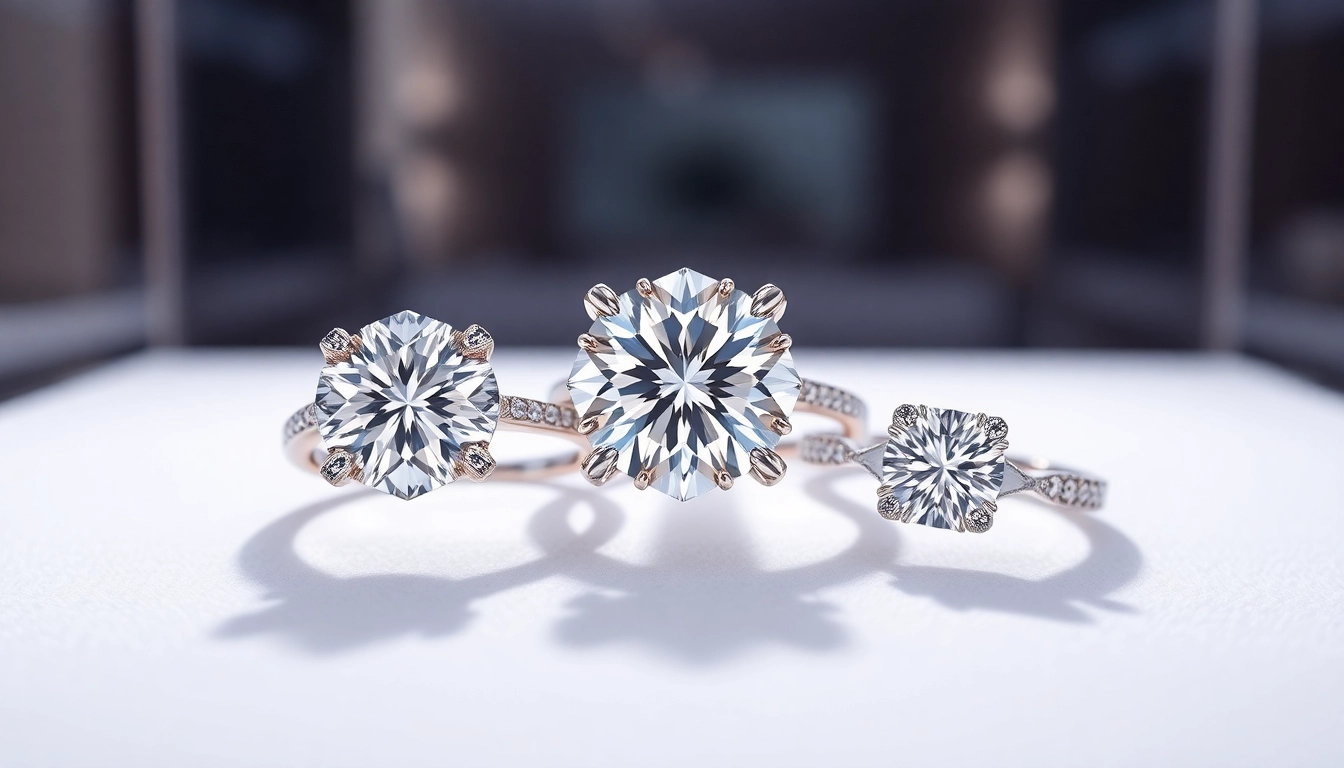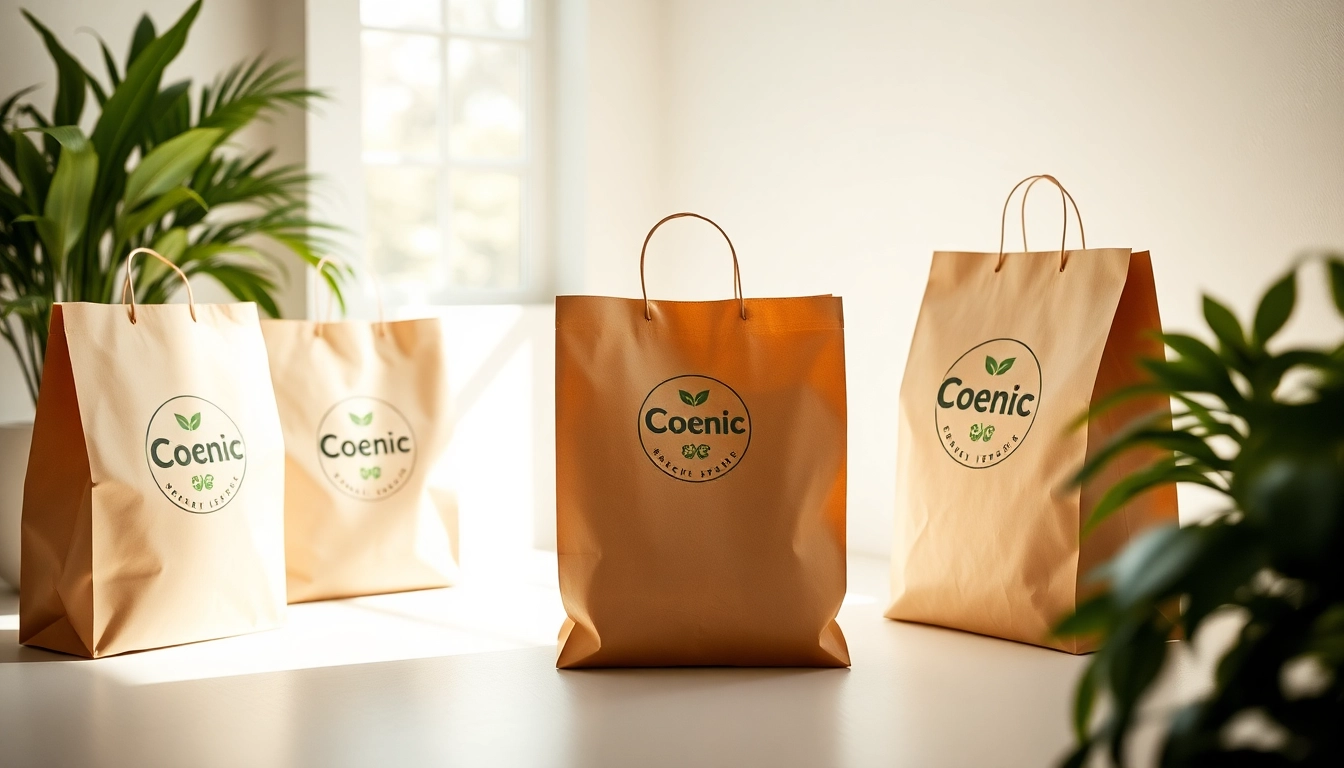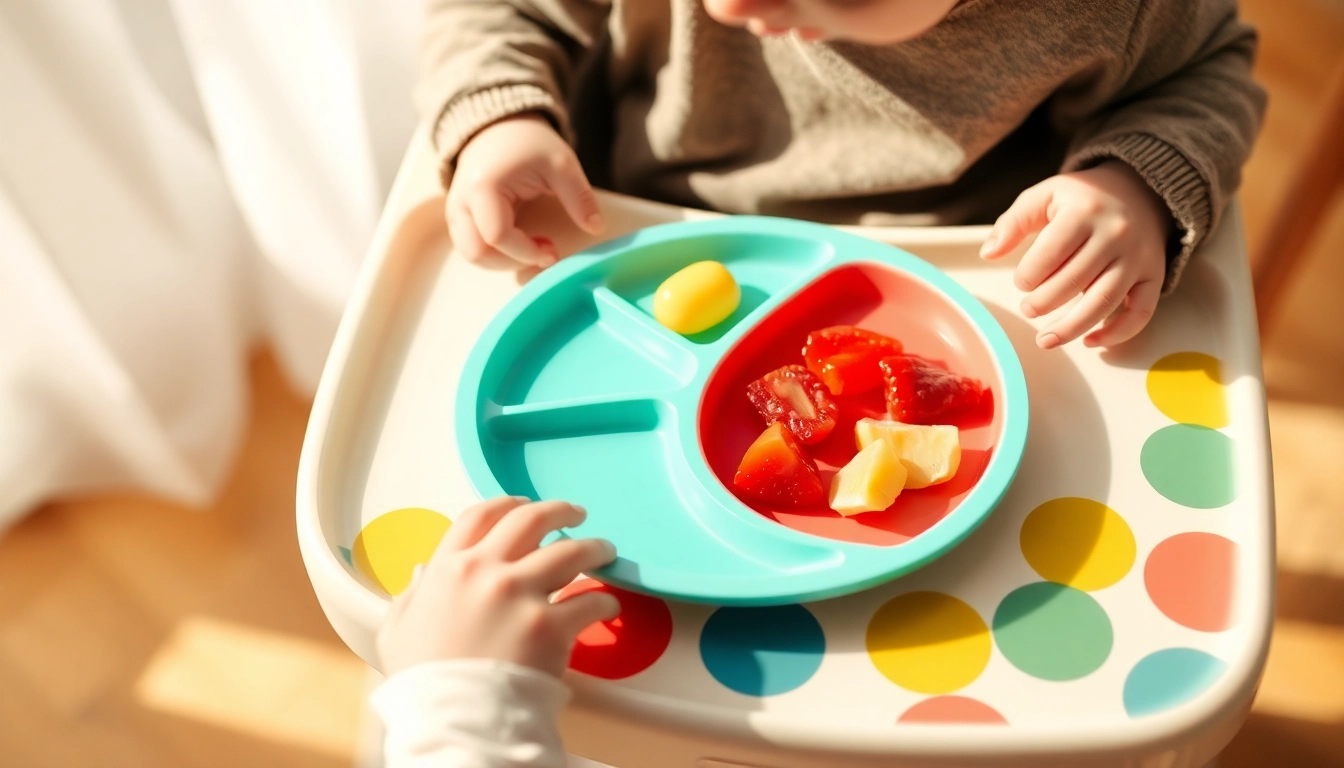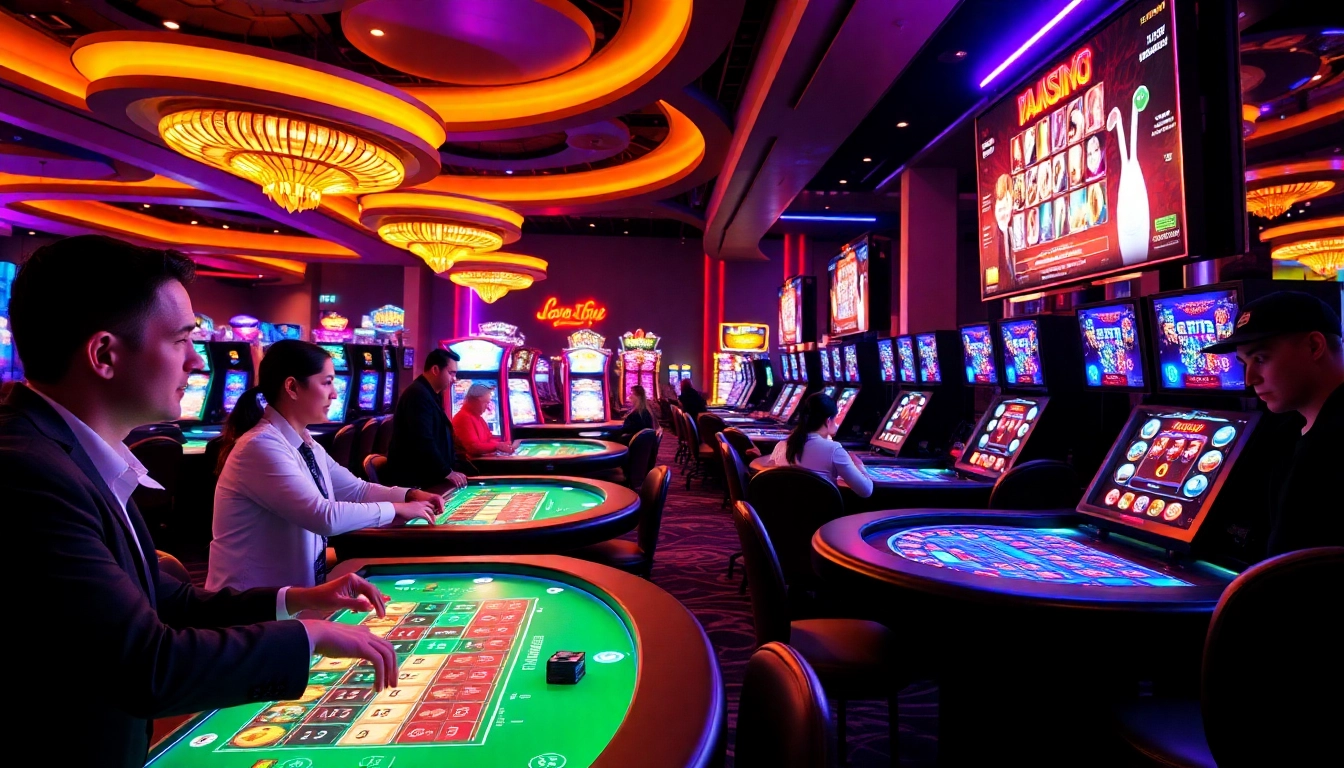Understanding the Essentials of Diamond Engagement Rings
Choosing the perfect diamond engagement ring is a significant milestone in a couple’s life, symbolizing the promise of love and commitment. With a vast array of options available, from traditional solitaire settings to modern, intricate designs, making an informed choice requires understanding key elements such as styles, quality factors, certification, and personal preferences. An excellent resource to explore a wide selection of diamond engagement rings can guide you through this process, ensuring that your choice reflects both durability and beauty.
Types of Settings and Designs for Engagement Rings
Engagement rings come in a variety of settings and styles, each offering a unique aesthetic and level of customization. The most classic is the solitaire setting, featuring a single central diamond that highlights the stone’s brilliance. Halo settings surround the main diamond with smaller stones, creating a larger visual effect and added sparkle. Side stone designs incorporate additional gemstones along the band, enhancing the overall look. Modern interpretations include minimalistic bands with sleek lines, or intricate vintage-inspired motifs. Selecting a design hinges on personal style, lifestyle, and the significance you wish to convey.
Key Factors in Choosing Your Diamond
The ‘Four Cs’—Cut, Color, Clarity, and Carat weight—are the fundamental criteria in determining a diamond’s quality and appeal. The cut directly influences the diamond’s brilliance and fire; the better the cut, the more light it reflects. Color grades range from colorless to faintly tinted; for most engagement rings, near-colorless diamonds are preferred for their brilliance. Clarity pertains to internal imperfections; higher clarity grades ensure a clean, sparkly stone. Carat weight affects size and price, but balancing size with quality is vital to achieve value without sacrificing beauty. Understanding these factors helps in making a balanced, cost-effective decision.
Common Challenges in Selecting the Ideal Ring
Potential pitfalls include misjudging the appropriate size, overlooking certification, or choosing a style unsuitable for daily wear. For example, selecting a very large stone without considering the wearer’s lifestyle may lead to discomfort or damage. Lack of certification can compromise authenticity and value. To overcome these challenges, it is advisable to measure your partner’s existing jewelry for size accuracy, prioritize certified diamonds with comprehensive grading reports, and opt for durable settings such as platinum or 14/18K gold. Practical steps, such as consulting with experts and visualizing designs through 3D renderings, can significantly streamline the decision-making process.
Matching Engagement Ring Styles to Personal Preferences
Classic vs. Modern Designs for Diamond Engagement Rings
Traditional classics focus on timeless elegance, often featuring a solitaire or halo setting, emphasizing a single central diamond. They suit individuals valuing longevity and understated sophistication. Conversely, modern styles incorporate innovative cuts, asymmetrical designs, or metal engravings, reflecting contemporary aesthetics and personal uniqueness. They appeal to those wanting their ring to stand out and express individuality while maintaining elegance.
Color, Cut, Clarity, and Carat: What Matters Most
While all Four Cs are essential, prioritizing depends on personal taste and budget. For instance, a well-cut diamond with a slightly lower color or clarity grade can outperform a higher-grade stone in brilliance. The cut generally influences overall visual impact more profoundly than other Cs, making it a critical factor. Carat size remains a personal choice. Balancing these factors according to preferences ensures a ring that’s both stunning and aligned with your value expectations.
Choosing a Style That Fits Your Partner’s Lifestyle
Durability and comfort are paramount. An active person may prefer a bezel setting that protects the diamond, while someone with a more relaxed lifestyle may opt for a delicate prong setting. Metal choice — platinum offers strength and hypoallergenic benefits, whereas gold (yellow, white, or rose) provides warmth and versatility. Personal habits and daily routines should influence design choices to ensure longevity and happiness with the ring.
Ensuring Quality and Certification in Your Purchase
Understanding Diamond Certifications and Their Significance
Certifications like GIA or AGS provide an unbiased assessment of a diamond’s attributes, verifying the Four Cs and authenticity. They include detailed reports, often with images, grading scales, and origin data. Certified stones guarantee value, prevent fraud, and are crucial for long-term investment. When shopping for diamond engagement rings, always request certification documentation.
Reputable Jewelers and Trusted Suppliers
Established jewelers with transparent sourcing and traceability ensure product integrity. Look for retailers who provide certification with each diamond and adhere to ethical sourcing policies, such as conflict-free diamonds. Partnerships with reputable suppliers like the GIA or IGI strengthen credibility and customer confidence.
Verifying Authenticity and Craftsmanship
Beyond certification, evaluate the jeweler’s reputation, reviews, and craftsmanship quality. Inspect the setting, metal finish, and overall design for precision and finish. Ask about return policies, warranties, and post-sale services. Expert guidance and detailed knowledge underpin a satisfying purchase experience.
Budgeting and Making the Most of Your Investment
Pricing Ranges for Different Types of Diamond Engagement Rings
Prices vary drastically—basic solitaire rings with lower carats and standard cuts are available from a few hundred dollars, whereas large, high-clarity, premium cut diamonds can cost tens of thousands. Budgeting depends on priorities: size, quality, and style. Carefully allocate funds to balance these factors, focusing on the diamond’s cut and certification for impact and value.
Tips for Negotiating and Finding Value
Leverage knowledge about the Four Cs and current market prices. Seek off-season promotions or discounts. Consider lab-grown diamonds, which offer comparable quality at a lower price. Custom designs may also be more cost-effective than pre-made luxury settings. Always compare multiple vendors and request itemized quotes.
Long-Term Care and Maintenance for Your Engagement Ring
Proper maintenance preserves brilliance and value. Schedule regular professional cleanings, avoid exposure to harsh chemicals, and store the ring in a soft cloth or jewelry box. Periodically check prongs and settings to prevent loss or damage. Investing in insurance offers peace of mind for accidental loss or theft.
Practical Guide to Purchasing Your Dream Ring
Step-by-step Process to Choose the Right Ring
- Define your budget and priorities based on the Four Cs.
- Determine your partner’s ring size accurately.
- Select preferred metal and style, considering daily wear and lifestyle.
- Review certification reports and authenticity of the diamond.
- Visualize the design through CAD or in-store try-ons.
- Negotiate terms, warranty, and after-sales services.
- Finalize purchase and arrange secure delivery or in-store pickup.
Consultation and Customization Options
Partner with experienced jewelers who offer personalized consultations. You can customize aspects like setting, metal type, engraving, or incorporating unique gemstones. Advanced tools such as 3D renderings allow you to preview the ring before production, ensuring full satisfaction with the final product.
Delivery, Insurance, and After-Sales Service
Ensure safe, insured delivery with tracking. Post-purchase services like polishing, repairs, and resizing prolong the ring’s beauty and lifetime. Good after-sales support signifies a reputable jeweler committed to customer satisfaction.






